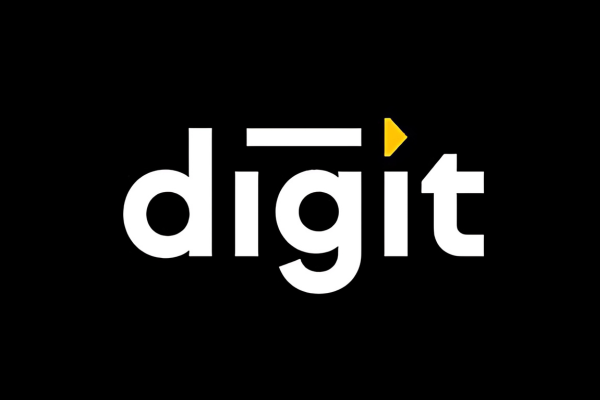Railway Stocks’ Rise in Share Prices
Railway stocks have emerged as strong performers in the Indian stock market, showing significant price increases over the past year. This surge reflects investor optimism driven by infrastructure development, government initiatives, and sector-specific growth prospects. Let’s explore the factors contributing to the rise in share prices of prominent railway stocks like Indian Railway Finance Corporation (IRFC), Rail Vikas Nigam Limited (RVNL), Titagarh Wagons Limited (Titagarh), and IRCON International Limited (IRCON). Market Dynamics 1. Government Initiatives and Infrastructure Projects: India’s focus on infrastructure projects, including railways, has fueled investor interest. Projects like the National Rail Plan and dedicated freight corridors have created a pipeline of opportunities for railway companies. 2. Economic Recovery and Increased Utilization: Post-pandemic economic recovery has boosted freight and passenger traffic on railways, benefiting railway stocks directly. 3. Sector-Specific Tailwinds: Companies like IRFC (financing), RVNL (infrastructure), Titagarh (manufacturing), and IRCON (construction) have leveraged government funding and strategic partnerships to enhance profitability. Key Drivers of Share Price Increases 1. Financial Performance: Railway companies have reported strong financial results, driving revenue growth and improved profitability. This performance has attracted investors looking for growth opportunities. 2. Investor Confidence: Increased confidence in the railway sector’s growth potential has led to institutional investments and positive analyst coverage. This investor interest has pushed share prices higher. 3. Strategic Initiatives: Companies have expanded infrastructure capacity, diversified operations, and adopted technology-driven solutions, enhancing competitiveness and market position. Recent Share Price Performance Let’s review the recent share price performance of these railway stocks: IRFC (Indian Railway Finance Corporation): Share price has risen from ₹162 to ₹218 (35% return) in 2 months, driven by infrastructure financing and dividend yield expectations. RVNL (Rail Vikas Nigam Limited): Share price increased from ₹347 to ₹626 (80% return) in 1 month, benefiting from infrastructure projects and government funding. Titagarh Wagons Limited: Share price surged from ₹1220 to ₹1900 (55% return in 1 month), supported by demand for railway wagons amid infrastructure expansion. IRCON International Limited: Share price appreciated from ₹247 to ₹344 (33% in 1 month), boosted by railway construction projects in India and abroad. Despite the robust performance and growth prospects of railway stocks like Indian Railway Finance Corporation (IRFC), Rail Vikas Nigam Limited (RVNL), Titagarh Wagons Limited (Titagarh), and IRCON International Limited (IRCON), there are notable valuation concerns in the market. Several companies in the sector have seen their P/E (Price-to-Earnings) ratios soar above 70, signaling investor enthusiasm but also raising questions about sustainability. Additionally, market capitalization to sales ratios has surged, reaching levels between 10 to 50 times in some cases. These high valuation multiples suggest that the stocks may be trading at significant premiums relative to their earnings and sales, potentially pricing in optimistic growth expectations that may not fully materialize in the near term. Such elevated valuations often precede periods of market correction or consolidation as investors reassess risk and reward.
Railway Stocks’ Rise in Share Prices Read More »








